Your bathroom should be your personal oasis, not a breeding ground for bacteria. Keeping it clean is essential for a healthy and comfortable home. Luckily, the right products and techniques can make cleaning a breeze. Our blog has got you covered with tips and tricks to keep your bathroom sparkling and sanitary. Let’s tackle this cleaning challenge together, one scrub at a time.
Welcome to the ultimate guide for effective bathroom cleaning! Let’s start by understanding the unique challenges and needs of this space. It’s more than just a wipe down, and if you want to achieve a hygienic and sanitized environment, you need to address specific issues.
Here are the five common bathroom cleaning needs:
Soap Scum Removal: Bathrooms are notorious for stubborn soap scum buildup on shower walls and bathtubs. But don’t worry, we’ve got you covered! Choose a cleaner that contains citric acid or vinegar to dissolve and break down the residue effectively.
Disinfecting Surfaces: To maintain a germ-free space, you need to disinfect high-touch areas like faucets, toilet handles, and doorknobs. Use a disinfectant that is specially formulated for bathroom use and can kill common bathroom germs like E. coli, Staphylococcus aureus, and Salmonella.
Odor Elimination: Unpleasant smells in bathrooms are inevitable. But with the right product, you can neutralize and eliminate them completely. Choose an air freshener or deodorizer that contains odor-neutralizing ingredients like activated charcoal or baking soda.
Hard Water Stain Removal: Hard water can leave mineral deposits and stains on bathroom fixtures and surfaces that are challenging to remove. Choose a descaler or hard water stain remover that can dissolve the mineral buildup and restore your fixtures’ shine.
Handling Different Materials: Bathrooms feature different materials like porcelain, ceramic, glass, stainless steel, and natural stone. To avoid accidental damage, choose cleaning products that are safe and suitable for each material.
By understanding these specific needs, you can choose the most appropriate cleaning products and techniques to tackle them effectively. In the following sections, we will delve deeper into the essential bathroom cleaning products and their proper usage for different cleaning needs. Get ready for a fresh and sparkling bathroom!
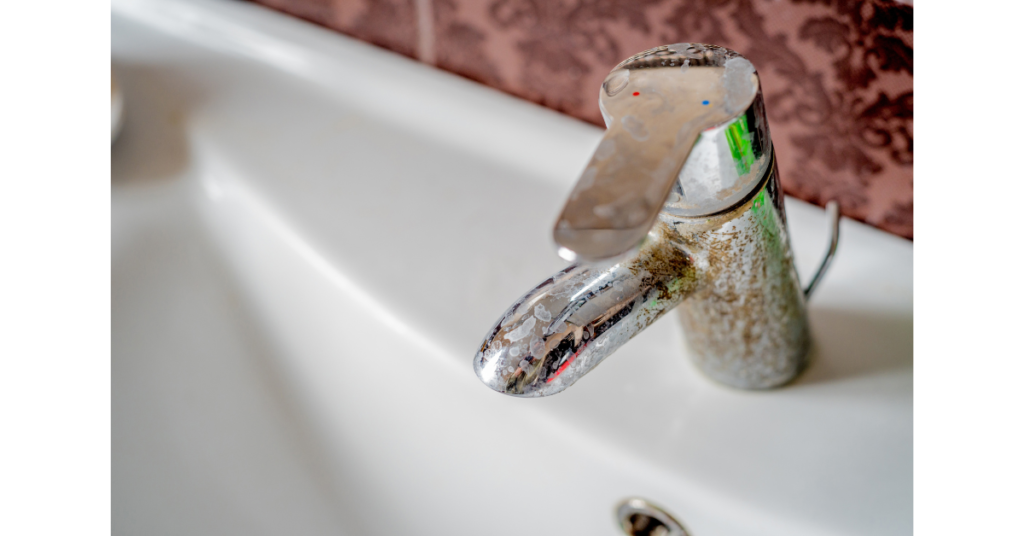
Essential Bathroom Cleaning Products
Now that we understand the various cleaning needs of a bathroom, let’s explore the essential cleaning products that will help you effectively tackle those challenges. By having these products on hand, you’ll be equipped to maintain a fresh and sanitary bathroom. Here are some key products to consider:
1. Toilet Bowl Cleaners:
The toilet bowl is a prime breeding ground for bacteria and can develop unsightly stains. Choose a toilet bowl cleaner that contains disinfecting agents to kill germs and remove stains. Look for options that cling to the bowl’s surface for better effectiveness. Some cleaners also have additional features like deodorizing or self-cleaning properties.
Usage tip: Apply the cleaner directly under the rim and along the bowl’s sides, allowing it to sit for the recommended time. Use a toilet brush to scrub the bowl and flush to rinse away the cleaner.
2. Surface Cleaners:
Surface cleaners are versatile products designed to clean a wide range of bathroom surfaces, including countertops, sinks, and fixtures. Look for multi-purpose cleaners that are effective against various stains and grime. Ensure that the cleaner is safe for the specific surface material you’re cleaning.
Usage tip: Spray the surface cleaner onto the desired area, let it sit for a few minutes to loosen dirt, and then wipe with a microfiber cloth or sponge. For tougher stains, you may need to scrub gently using a non-abrasive scrub brush.
3. Tile and Grout Cleaners:
Tiles and grout in showers and on bathroom floors can accumulate soap scum, mold, and mildew over time. Choose a tile and grout cleaner that can effectively remove these build-ups. Look for options that are specifically formulated for bathroom use and have mold and mildew-fighting properties.
Usage tip: Spray the cleaner directly onto the tiles and grout lines. Allow it to penetrate for a few minutes, then scrub the grout lines with a grout brush or an old toothbrush. Rinse thoroughly with water and wipe the tiles clean.
4. Glass and Mirror Cleaners:
Glass surfaces, such as shower doors and mirrors, can quickly develop streaks and water spots. Choose a glass and mirror cleaner that effectively removes smudges and leaves a streak-free shine. Avoid products that contain ammonia, as they can damage certain coatings or surfaces.
Usage tip: Spray the cleaner onto the glass surface and use a lint-free microfiber cloth or a squeegee to wipe the surface in a vertical or horizontal motion. For stubborn spots, spray the cleaner directly onto the cloth and focus on those areas.
Having these essential cleaning products in your bathroom cleaning arsenal will ensure that you’re well-prepared to tackle various cleaning tasks. In the next section, we’ll delve into specific cleaners for showers, bathtubs, sinks, and countertops, as each of these areas may require specialized products and techniques.
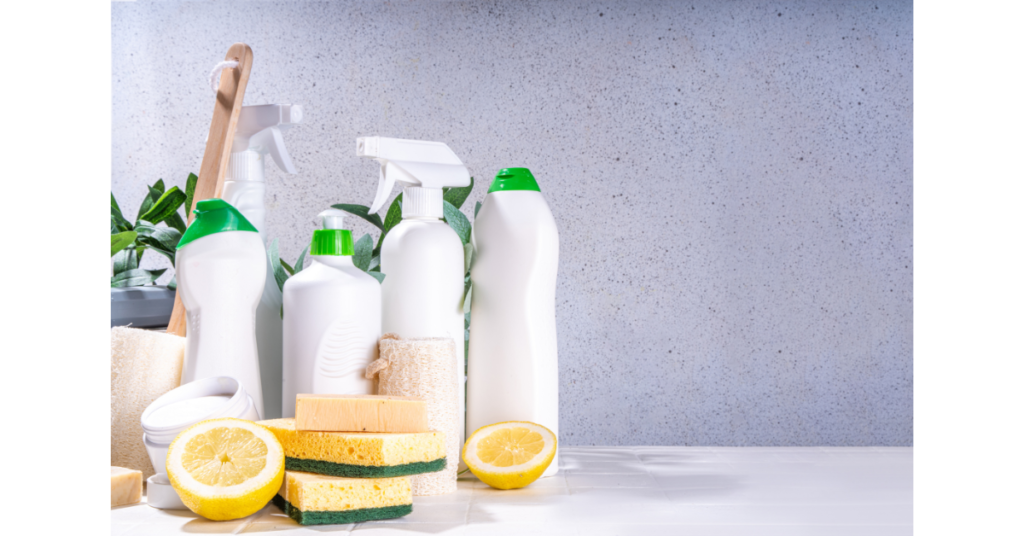
Cleaning Tools and Equipment
To achieve efficient and effective bathroom cleaning, it’s important to have the right tools and equipment at your disposal. The selection of brushes, sponges, scrubbers, mops, and brooms can make a significant difference in the cleanliness of your bathroom. Here are some essential cleaning tools and their recommended uses:
1. Brushes:
– Toilet Brush: A toilet brush with sturdy bristles is essential for cleaning the toilet bowl. Look for one with an ergonomic handle and durable bristles designed to reach under the rim and into hard-to-reach areas.
– Grout Brush: A grout brush with stiff bristles is perfect for scrubbing grout lines in showers and on tiled surfaces. Its narrow shape helps reach into tight spaces effectively.
– Detail Brush: A small detail brush with soft bristles is useful for cleaning crevices, corners, and hard-to-reach areas around fixtures and drains.
2. Sponges and Scrubbers:
– Microfiber Cloth: Microfiber cloths are versatile and highly effective for general cleaning. They are excellent at capturing and trapping dirt, dust, and grime without the need for excessive cleaning agents.
– Non-Scratch Scrub Sponge: A non-scratch scrub sponge is ideal for tackling stubborn stains and grime on various surfaces without causing scratches or damage.
– Magic Eraser: Magic Erasers, made of melamine foam, are excellent for removing tough stains, scuff marks, and soap scum. They work well on a variety of surfaces but should be used with caution on delicate materials.
3. Mops and Brooms:
– Mop: A microfiber or sponge mop is effective for cleaning large tiled areas or bathroom floors. Look for a mop with a wringer or squeeze feature for efficient water removal.
– Broom: A broom with soft bristles is essential for sweeping away loose dirt, dust, and hair from bathroom floors. Consider using a broom with an extendable handle to reach high corners or cobwebs.
When using these tools, keep in mind the following tips for effective and efficient cleaning:
– Start from the top: Begin cleaning from the topmost areas, such as light fixtures or shelves, and work your way down to the floor. This ensures that any dust or debris falls onto areas that haven’t been cleaned yet.
– Use appropriate pressure: Apply gentle pressure when using brushes, sponges, or scrubbers to avoid damaging surfaces. Let the cleaning agent and tool do the work rather than using excessive force.
– Rinse and clean tools: After each use, rinse brushes, sponges, and scrubbers thoroughly to remove any cleaning agents or debris. Properly clean and dry these tools to prevent the growth of bacteria or mold.
By selecting the right cleaning tools and using them effectively, you can streamline your bathroom cleaning routine and achieve optimal results. In the next section, we’ll explore proper cleaning techniques to help you maintain a fresh and sanitary bathroom.
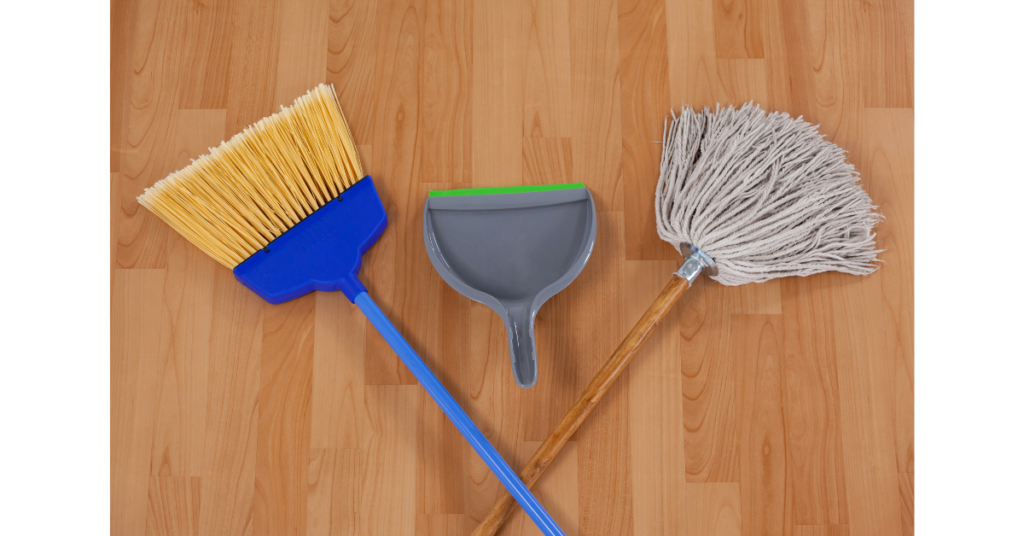
Safety Considerations
While cleaning your bathroom, it’s essential to prioritize safety and take precautions to protect yourself, your family, and any pets in your household. Handling and storing cleaning products properly, as well as using them safely, is crucial. Here are some safety considerations to keep in mind:
1. Read and Follow Instructions:
Always read the labels and follow the instructions provided by the manufacturer for each cleaning product. Pay attention to any specific warnings, precautions, or recommended safety gear (such as gloves or eye protection) mentioned on the packaging.
2. Ventilation:
Ensure proper ventilation in the bathroom while cleaning. Open windows, turn on exhaust fans, or use a portable fan to circulate fresh air. Ventilation helps reduce the concentration of cleaning fumes and prevents the build-up of harmful chemicals in the air.
3. Protect Your Skin and Eyes:
When using cleaning products, especially those containing strong chemicals, it’s important to protect your skin and eyes. Wear gloves made of chemical-resistant material to shield your hands from potential irritants or harmful substances. Additionally, consider wearing safety goggles or glasses to protect your eyes from splashes or accidental contact.
4. Child and Pet Safety:
Keep cleaning products out of the reach of children and pets. Store them in locked cabinets or in high places where they cannot be accessed easily. Childproof latches can also be installed on cabinets to prevent access further. Additionally, consider using child-safe or pet-safe cleaning products when available.
5. Mixing Products:
Avoid mixing different cleaning products together, as it can lead to chemical reactions and produce toxic fumes. Some combinations, such as bleach and ammonia or bleach and vinegar, can be hazardous. Always use one product at a time and ensure that the area is well-ventilated.
6. Proper Storage:
Store cleaning products in their original containers with the labels intact. Keep them away from heat sources or direct sunlight, as exposure to extreme temperatures can affect their efficacy or even cause containers to leak or rupture. Ensure that lids or caps are securely tightened to prevent accidental spills.
7. Disposal:
Dispose of empty or expired cleaning product containers according to local regulations and guidelines. Some products may require special handling or disposal procedures. Contact your local waste management facility or refer to the product labels for specific instructions.
By adhering to these safety considerations, you can minimize potential risks associated with cleaning products and create a safer environment for yourself, your family, and your pets.
In the next section, we’ll explore effective cleaning techniques and tips to help you efficiently clean your bathroom and maintain its fresh and sanitary condition.
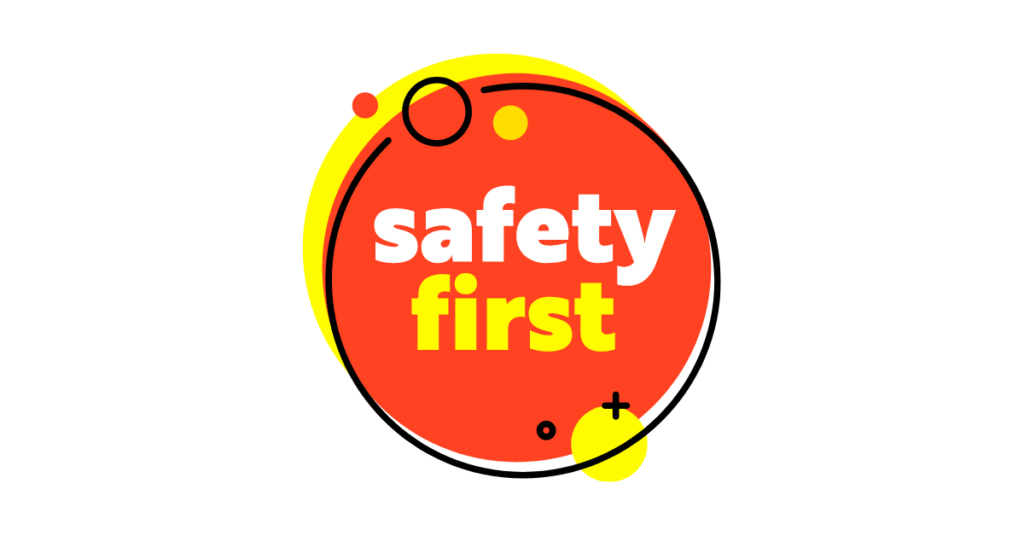
Maintenance and Regular Cleaning Schedule
Establishing a regular cleaning routine is essential for maintaining a fresh and sanitary bathroom. By incorporating these tips into your cleaning schedule, you can keep your bathroom in top shape and prevent the build-up of dirt, grime, and bacteria between deep cleanings:
1. Daily Maintenance:
Implement daily maintenance tasks to keep your bathroom clean and tidy:
– Wipe down countertops, sinks, and faucets with a microfiber cloth or daily maintenance cleaner.
– After each use, rinse the shower walls, bathtub, and shower floor to remove soap residue and prevent the accumulation of grime.
– Squeegee or wipe down shower doors and mirrors to prevent water spots and streaks.
– Sweep or vacuum the bathroom floor to remove loose dirt, dust, and hair.
2. Weekly Tasks:
Set aside specific days for deeper cleaning tasks to ensure a thorough and consistent approach:
– Clean the toilet bowl, including under the rim and around the edges, using a toilet brush and appropriate cleaner.
– Scrub the shower walls, bathtub, and shower floor with the appropriate cleaners to remove soap scum, stains, and mildew.
– Wipe down surfaces such as countertops, sinks, and fixtures with surface cleaners to remove accumulated grime or water spots.
– Dust and clean light fixtures, vents, and shelves to eliminate dust and prevent the build-up of allergens.
– Mop or thoroughly clean the bathroom floor using a suitable cleaner and mop.
3. Monthly or Seasonal Tasks:
Include additional cleaning tasks in your routine to address specific areas or maintain long-term cleanliness:
– Deep clean grout lines using a grout cleaner and brush to remove any stains or discoloration.
– Clean or replace shower curtains and liners, which can accumulate mold or mildew over time.
– Empty and clean bathroom trash cans to prevent unpleasant odors and the breeding of bacteria.
– Clean or descale faucets, showerheads, and other fixtures to remove mineral deposits.
4. Preventive Measures:
Take proactive steps to minimize the accumulation of dirt and grime in your bathroom:
– Use shower and bath mats to trap excess water and prevent slipping while providing a barrier between your feet and the floor.
– Keep a small squeegee in the shower to quickly remove water and prevent the formation of water spots on glass surfaces.
– Hang towels and bathrobes to dry properly after use to prevent the growth of mold and mildew.
By incorporating these maintenance tasks into your cleaning schedule, you can ensure that your bathroom remains fresh, clean, and sanitary on a regular basis. Adjust the frequency and intensity of cleaning based on your specific needs and the usage patterns of your bathroom.
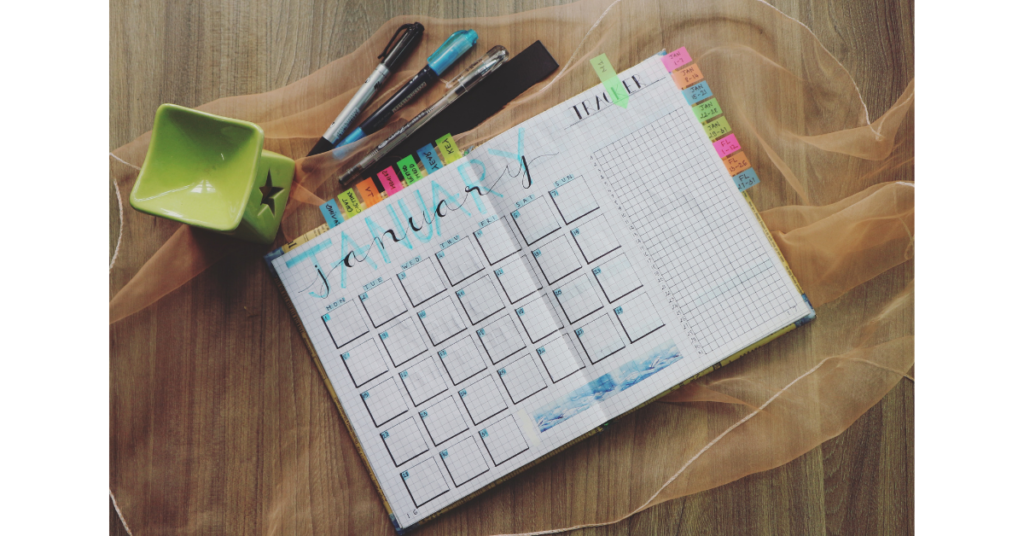
Conclusion
Maintaining a fresh and sanitary bathroom is essential for a clean and healthy living environment. By implementing a regular cleaning routine, using the right products, and following effective cleaning techniques, you can ensure that your bathroom remains a clean and inviting space.
In this blog post, we explored various aspects of bathroom cleaning, from the importance of using appropriate cleaning products for different surfaces to selecting and properly using cleaning tools and equipment. We also discussed safety considerations, including handling and storing cleaning products safely and precautions for households with children or pets.
Remember, establishing a maintenance and regular cleaning schedule is crucial for keeping your bathroom in top shape. By incorporating daily maintenance tasks, weekly deep cleanings, and monthly or seasonal tasks, you can prevent the build-up of dirt, grime, and bacteria. Alongside regular cleaning, adopting preventive measures, such as proper ventilation and drying, will contribute to your bathroom’s overall cleanliness and freshness.
A clean and sanitary bathroom not only enhances the appearance of your home but also promotes a healthier and more pleasant living environment. So, make it a priority to invest time and effort into keeping your bathroom fresh and sanitary. Your efforts will be rewarded with a clean, welcoming space that you can enjoy and be proud of.
We hope this blog post has provided you with valuable insights, tips, and product recommendations to help you achieve a clean and sanitary bathroom. Remember, a little effort goes a long way in maintaining a clean and refreshing bathroom for yourself, your family, and your guests.



